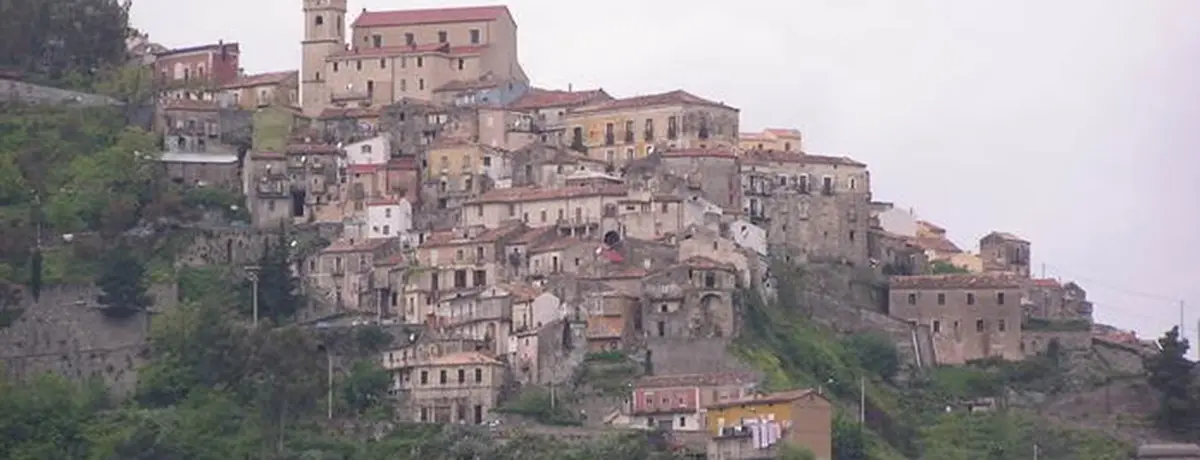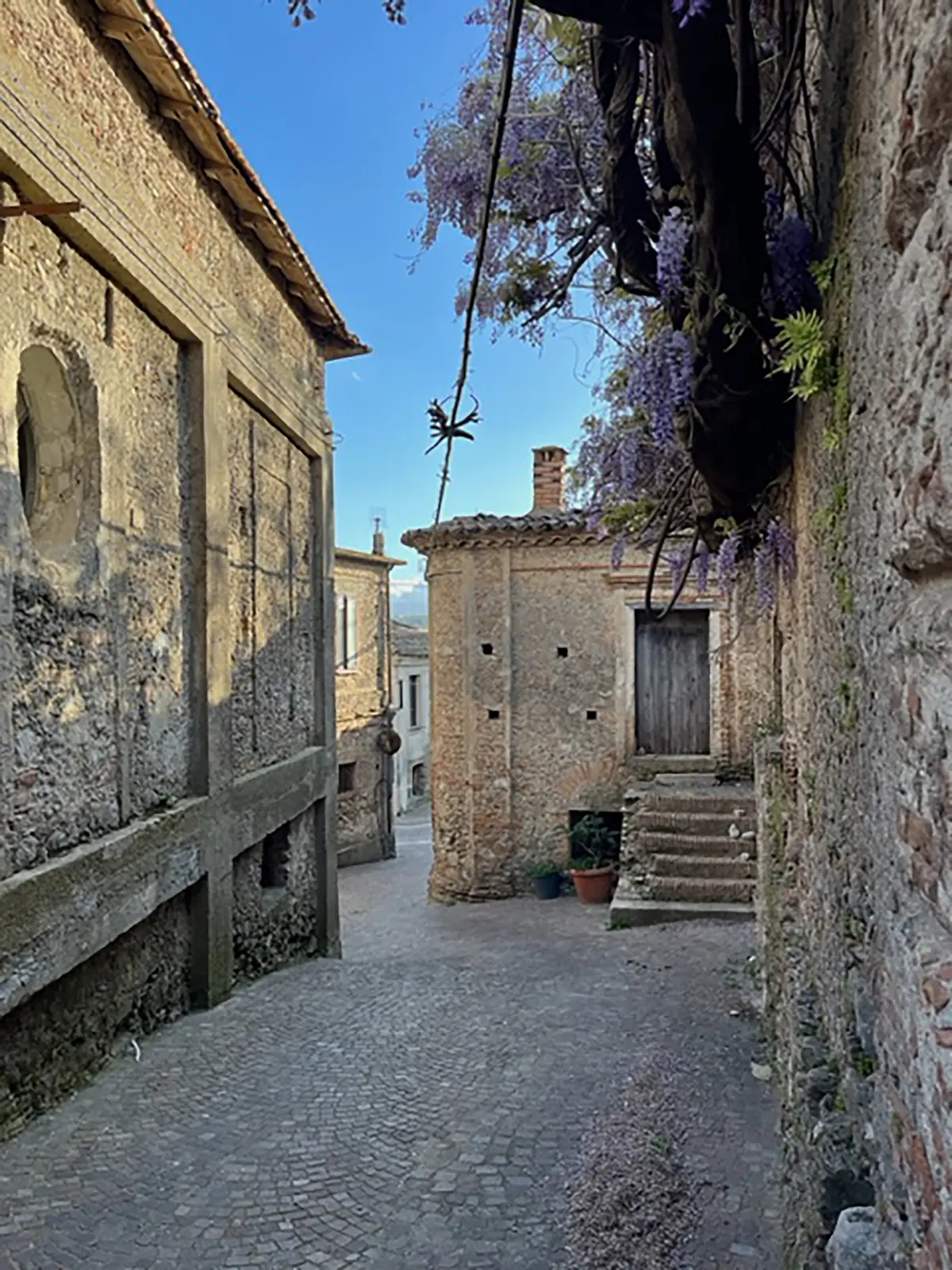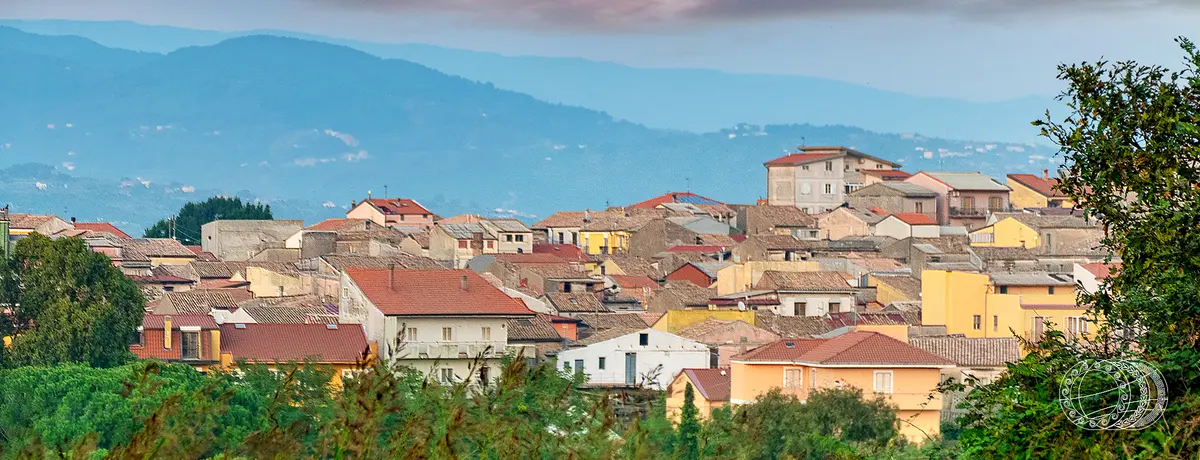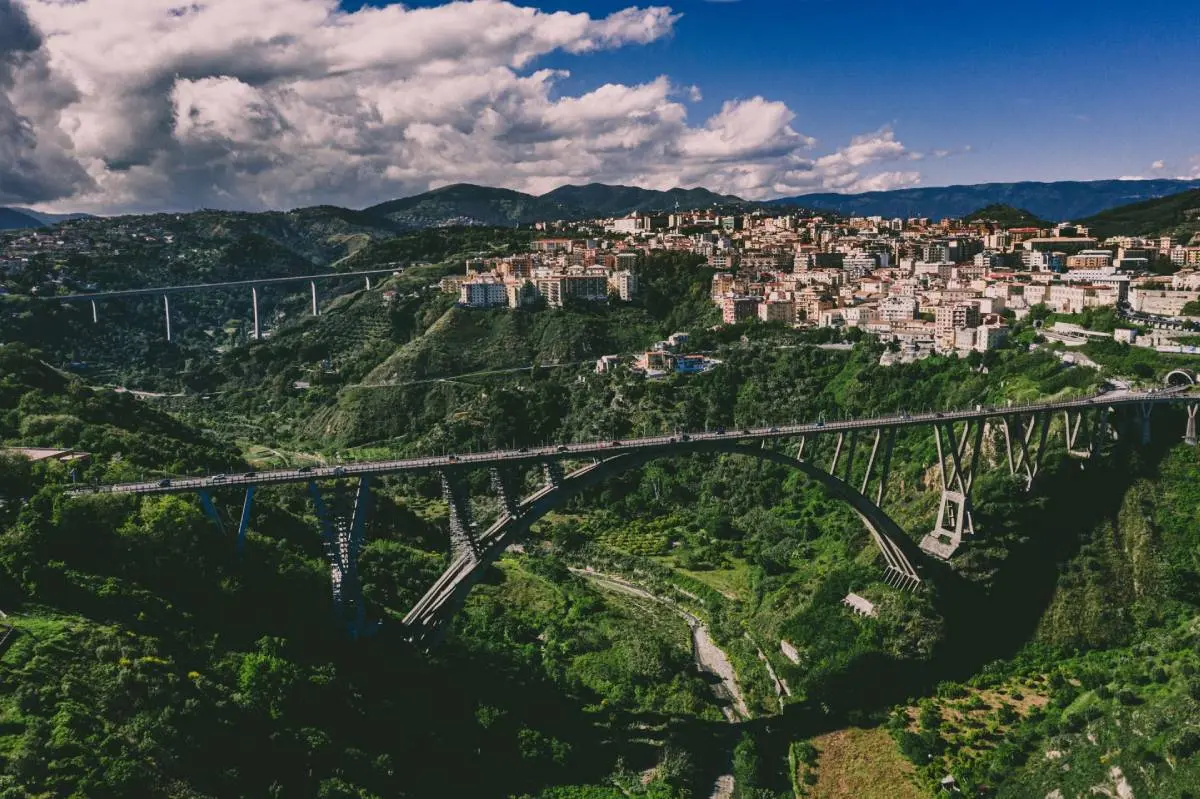Tiriolo
The "Village of the Two Seas"

Historical centres
Tiriolo - Regione Calabria
Tiriolo, a mountain village in the province of Catanzaro, is also known as the "Village of the Two Seas" because the top of its historic centre is one of the few places in Calabria from which it is possible to see both the Ionian Sea and the Tyrrhenian Sea.
Historian Armin Woolf argues that this is the ancient land of the Phaeacians, the legendary country of King Alcinous and his daughter Nausicaa, who gave hospitality to Ulysses.
The Monument to Ulysses, created by sculptor Maurizio Carnevali, welcomes visitors to Tiriolo near Piazza Italia. The most important cafés and buildings, such as Palazzo Alemanni and the Mother Church, overlook this square. Climbing towards the top of the historic centre, through narrow streets and panoramic views, we reach the hill on which stand the Norman ruins of the Castle of Sant'Angelo and the famous view of the "Two Seas". In the Middle Ages, thanks to this strategic position, Tiriolo played a central role in the defence of the isthmus. Some of the finds from this period are on display at the "Gianmartino" Regional Archaeological Museum, near the museum excavation site of the same name, which houses a precious Brettian tomb.
Tiriolo is also a town with a great tradition of textile craftsmanship, known as the "town of vancàli", referring to the traditional hand-woven stoles that are still today prized examples of Calabrian craftsmanship. Those who wish to admire the vancàli of Tiriolo and traditional folk costumes, such as the pacchiàna, can visit the Regional Costume Museum. Another interesting craft is carried out in the workshop of Tommaso Leone, one of the masters of Calabrian violin making.
Useful information
What to know about Tiriolo
Where to Sleep
There are 4 available accommodations.
Places
There are 1 places to visit.
Travel Ideas
There are 3 travel ideas.
Infopoint Tiriolo
Tiriolo
No result








